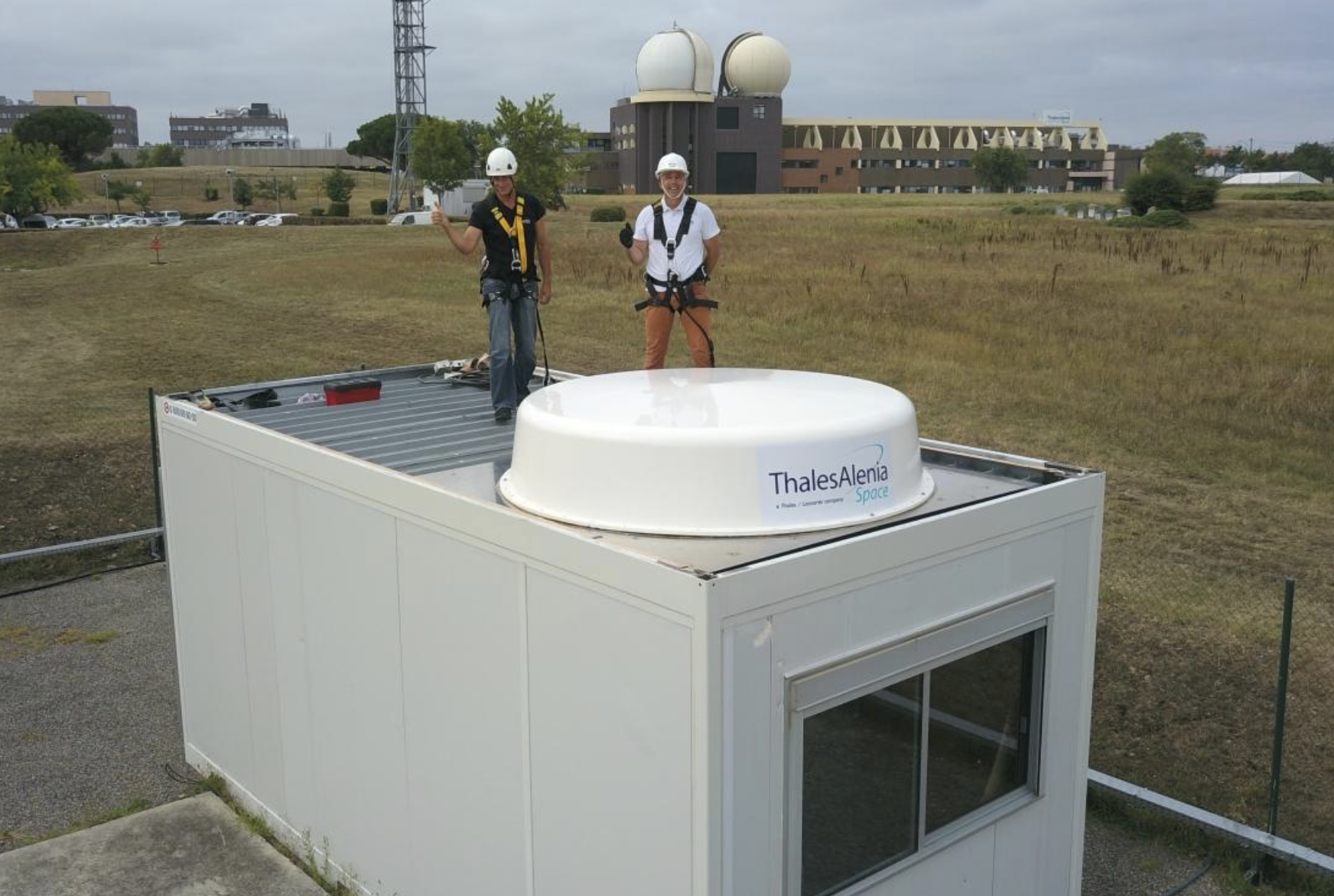On September 14, Air Force crews at Schriever AFB, Colorado, completed the initial phase of an $800 million upgrade to the GPS operational control segment.
Operators in the 2nd Space Operations Squadron (2SOPS) of the USAF 50th Space Wing migrated control of the GPS satellite constellation and ground monitoring facilities from a 1970s-era mainframe computer to a distributed IT infrastructure with advanced automated features. The 50th Space Wing, through the 2nd SOPS, performs the satellite command and control mission for the Global Positioning System.
On September 14, Air Force crews at Schriever AFB, Colorado, completed the initial phase of an $800 million upgrade to the GPS operational control segment.
Operators in the 2nd Space Operations Squadron (2SOPS) of the USAF 50th Space Wing migrated control of the GPS satellite constellation and ground monitoring facilities from a 1970s-era mainframe computer to a distributed IT infrastructure with advanced automated features. The 50th Space Wing, through the 2nd SOPS, performs the satellite command and control mission for the Global Positioning System.
The upgrade, called the Architecture Evolution Plan (AEP), will add new digital communications and a new message format for telemetry, tracking, and control (TT&C) —uploading information and operational commands to the GPS satellites. A new capability to command satellites through Air Force Satellite Control Network (AFSCN), will increase the number of available antennas for contacting satellites.
The Air Force team, along with contractors from Boeing, Lockheed Martin, and The Aerospace Corporation, have been preparing for the transition to the new control segment since March 2006.
“This is like changing the engine on a car while it is traveling 50 miles an hour down the road,” says Lt. Gen. Michael Hamel, commander of the Space and Missile Systems Center at Los Angeles AFB, California, where the GPS Wing is located.
The upgrade also involved installing and activating the alternate Master Control Station at Vandenberg AFB, California, and upgrading the current GPS ground antennas.
The addition of eight National Geospatial-Intelligence Agency facilities to the six GPS-dedicated monitoring stations around the globe will reportedly provide triple-redundancy tracking of satellites — that is, every satellite will be visible to at least three ground stations 99 percent of the time to quickly identify signal anomalies or outages.
Groundwork for the Future
AEP will lay the foundation for future improvements to the Operational Control Segment (OCS) to support new capabilities, such as those that will become available with the GPS Block IIF satellites. A further AEP upgrade next summer will enable support the new Master Control Station at Schriever to operate the IIFs, the first launch of which has been delayed until late in 2008.
On August 27, under GPS Wing review, the first GPS Block IIF satellite successfully passed its Initial Integrated System Test (IIST) at the Boeing Spacecraft Development Center in El Segundo, California. Completion of the IIST signifies the spacecraft is ready to enter acoustic, separation, and thermal vacuum testing.
A next-generation GPS control segment (OCX) is scheduled to be in place in the 2011–12 time frame to support the GPS III generation of satellites scheduled to launch beginning in 2013. Three industry teams led by Lockheed Martin, Raytheon, and Boeing are competing for the OCX contract, which is expected to be announced soon. A request for proposals to build the GPS IIIA satellites was issued earlier this year, with a decision now not expected before early 2008.
Hope for Invisible Transition
Rehearsed several times several times in advance, the Air Force used a phased approach with satellites transitioning to the new OCS one at a time.
The new AEP message structure has been analyzed down to the bit, according to Air Force officials, and is functionally equivalent to the legacy message. It incorporates a new Kalman filter that will enable the system controllers to monitor and control more satellites and signals, including uploading navigation messages more frequently. The legacy TT&C architecture can only support about 31 satellites but will be able to handle up to 60 after OCX is complete in 2013, according to Col. David Madden, commander of the GPS Wing.
According to the Air Force, in the event of an unforeseen anomaly during transition, the process is fully reversible at any time.
The transition to AEP was originally scheduled to occur more than five years ago. But the task turned out to be more complicated than expected. The AEP makes use of a unique complex software system that is a wholesale replacement for the old one. Moreover, additional requirements were added and others changed over the course of development as the system and software matured, according to statements from the GPS Wing.
Help for civilian GPS users
Air Force officials expected that the transition would be transparent to GPS users. However, should problems appear that might be connected with AEP, civil users may contact the U.S. Coast Guard Navigation Center, telephone 703-313-5900, website <http://www.navcen.uscg.gov/>.
Help for military GPS users
Military users should contact the GPS Operations Center, telephone DSN 560-2541 OR commercial 719-567-2451, website <http://gps.afspc.af.mil/GPSOC/>.




